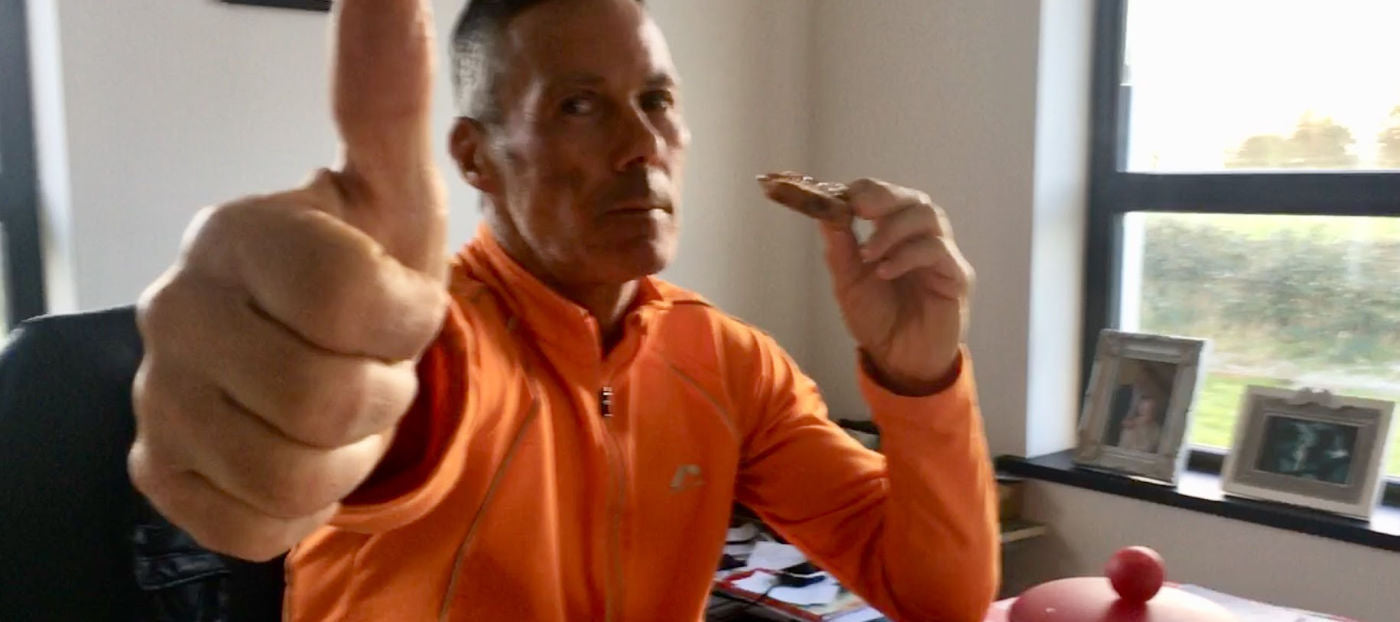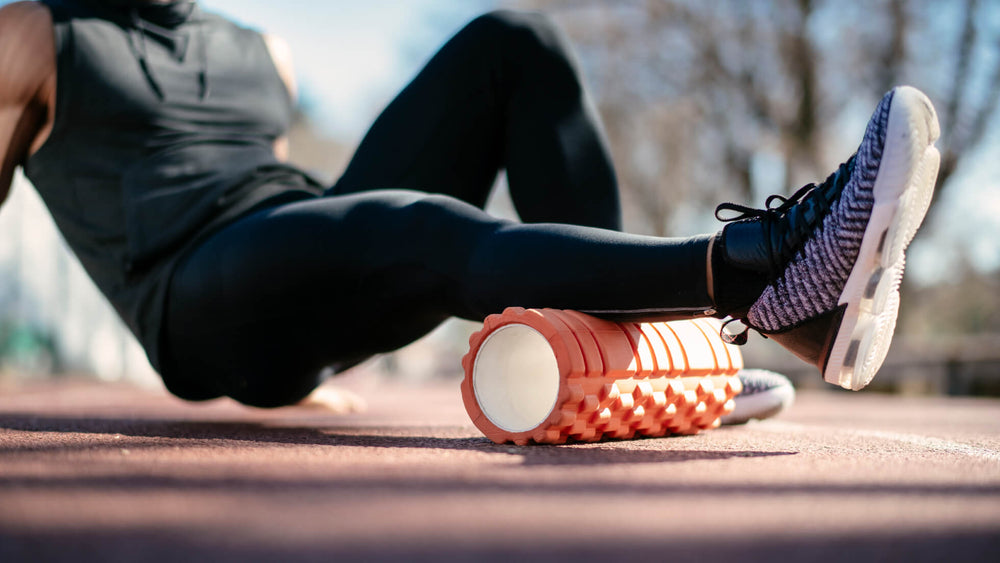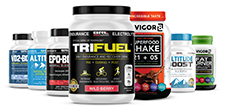3 Ways to Go From Empty to Fully Charged

By Jill Mooney
Nutrition Expert, Team Joe Barr
Joe was enroute to Dublin from Orlando after delivering a blazing 24-hour performance at Sebring (482.6 miles in 23 hours and 55 mins), which put him in podium position in his category and fourth overall.
He maintained a hectic schedule from the minute he left home: Orlando arrival ... build bikes ... one short sleep ... start line ... blazing performance ... one short sleep ... pack bikes ... home.
He was pretty empty when I picked him up at Dublin Airport; happy but empty. Fast forward a week and he's fully charged!
Before I get to the three things that make a difference, remember that in recovery the body repairs and synthesizes new tissue to cope with increased demand. That's why it's so important to consolidate all that tissue adaptation for the next performance.
Also remember that endurance cycling can play havoc with the digestive system. The road vibration; the diversion of blood supply from the gut towards muscles and skin; and just the simple fact of being in an aggressive time trial position for so long can have a major impact on the ability to digest food right after the finish line.
These are three things we have learned to do over the years:
- Our first focus is the replenishment of glycogen (energy stores) and the kick starting of muscle repair and synthesis. We use a blended formula of carbohydrate and protein as soon as Joe sits down and we aim for a minimum ratio of carb to protein of 2:1.
Our product of choice is INVIGOR8, a BRL Sports Nutrition product that delivers an immediate 15 grams of carbs and 20 grams of protein. We blend it with a small banana or handful of berries to bump up the carb volume to the required ratio. Its base protein is whey, but INVIGOR8 is much better than a pure whey protein powder because it contains a lot of other nutrient complexes vital for recovery and muscle synthesis.
We maintain small and frequent feeds for as long as possible before the first sleep. The rate-limiting factor is the ability of the digestive system to comfortably process volume. Don't rush, as that can cause an additional issue.
- Our second focus is the re-establishment of electrolyte balance. Most bottle mixes have some electrolytes in them. TriFuel has a particularly good amount when compared with other products, which is why we use it. Still, it's easy to get to the end of a sustained effort in very hot conditions and have a wacky electrolyte balance — often exhibited by swelling in ankles, wrists or just about anywhere.
Slow and steady fluid intake is key. We focus on increasing fluid intake using natural fruit juices (diluted with water) because they are higher in potassium, an electrolyte that is more concentrated within the cells versus sodium, which is more concentrated outside the cells.
Maybe that's why Joe consistently craves orange juice a day after a big race.
Fluid balance is governed by a whole host of other factors by the way, not just electrolytes. Hormones play a significant role, too. Rest assured, though, that the body is a miraculous machine when it comes to returning itself to balance.
- Our third focus is what I call "return to ground." Sleep and simple wholesome food that is nutrient dense marks the way forward. Recovery happens within the simplicity of life.
Never underestimate the power of sleep and the mental/emotional release it gives. You endurance cyclists thrive on the very knife-edge of performance. It takes immense mental fortitude to stay there for the duration of the race. Joe won't mind me saying that it takes about three nights of good sleep before he stops changing gear throughout the night!
Yes, it takes time, space and nutritional support to recover and consolidate. Make sure you give yourself whatever you need.
If you're interested in learning more about performance nutrition, check out the performance coaching section on our team website. If you're interested in endurance racing, check out the Team Joe Barr 200 and The Joe Barr 500 at racejoebarr.com.
Joe Barr is an Ultra Cyclist World Champion and Coach.
Jillian Mooney, Team Barr member and nutritionist, is passionate about helping people reach and surpass their goals whether that is completing an endurance race or simply feeling better about health and nutrition. She has a bachelor's degree in sport studies, a masters degree in nutrition and is an internationally certified life coach.
Take the next step in your training regimen: Try any BRL Sports supplement risk-free! If our natural nutritional products aren’t the best you’ve ever used, simply return your purchase for a 100% refund — no questions asked!
Also in Inspiration & Perspiration

High Altitude Supplements: Complete Guide to Training & Prevention (Altitude Sickness Solutions)
Support endurance and reduce altitude stress with supplements that improve oxygen efficiency, stamina, and recovery in high-altitude conditions.

Best Supplements For Runners: Complete Guide By Training Phase (Base, Peak, Taper & Race Day)
Discover the best supplements for runners by training phase—base, peak, taper, and race day—to boost endurance, recovery, and performance.

Creatine for Endurance vs. Sprint Efforts
Creatine isn’t just for power—learn how it boosts sprint speed, recovery, and endurance performance.


